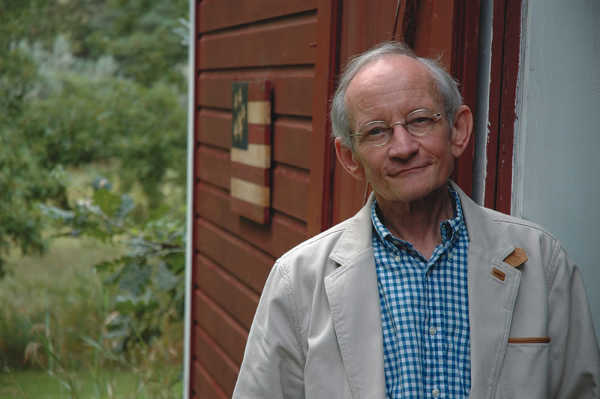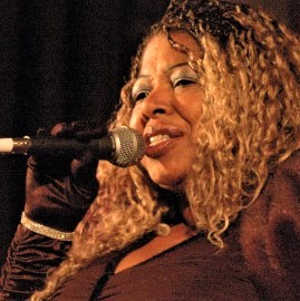- Tim Riley
- Posted On
‘Godfather of Harlem’ mixes crime and social upheaval on TV
‘GODFATHER OF HARLEM’ ON EPIX
The crime boss Ellsworth “Bumpy” Johnson, who ruled over the underworld in New York’s African-American neighborhood of Harlem for several decades in the last century, is not as well-known as the Italian Mafia bosses of that era.
The premium cable network EPIX’s ten-episode series “Godfather of Harlem” focuses on the later years of Bumpy Johnson (Forest Whitaker) after his release from an eleven-year stint at the infamous Alcatraz prison on a narcotics charge.
The turbulent criminal life of Bumpy Johnson is entirely factual and the series has a basis in truth in delving into the social and political upheaval that attends during the civil rights movement and the rise of radical preacher Malcolm X in the early 1960s.
“Godfather of Harlem” could charitably be described as loosely based on the true story of Bumpy’s collision with the Italian mob and the rise of civil rights activism with New York’s first black congressman in Reverend Adam Clayton Powell, Jr. representing Harlem.
During the summer TV press tour, executive producer Chris Brancato noted that a great deal of research went into the show but “dramatic license was taken to create scenes” with the entire goal of endeavoring “to keep the spirit of the times and of the characters as we saw them.”
To cover its bases, EPIX takes the step of providing this disclaimer for each episode: “While this story is inspired by actual persons and events, certain characters, characterizations, incidents, locations and dialogue were fictionalized or invented for purposes of dramatization.”
Upon his release from a federal penitentiary in 1963, Bumpy returns to find his neighborhood in shambles, where the bookmaking and the narcotics traffic in Harlem has been taken over by the Genovese crime family.
Barely recognizing his home turf, Bumpy jokes that at least the Apollo Theater still stands. His homecoming reunites him with his strong-willed wife Mayme (Ilfenesh Hadera) and young daughter Margaret (Demi Singleton).
That Bumpy was a legend in the area above 110th Street in Manhattan would not go unnoticed by anyone, including the mob. On the ride home to their luxury apartment, Mayme tells her husband “you’ll get right back into the swing of things.”
“Godfather of Harlem” offers little in the way of any backstory for Bumpy’s rise in the crime world when he partnered at a young age with crime boss Stephanie St. Clair and waged war with mobster Dutch Schultz. Maybe a prequel could be in the offing someday.
Meanwhile, Bumpy has not been completely overlooked in popular culture. In the 1971 “Shaft,” the character of Bumpy Jonas, played by Moses Gunn, was modeled after the Harlem gangster. Clarence Williams III played the dying Bumpy in “American Gangster.”
Whether Bumpy gets his due recognition in “Godfather of Harlem” is debatable. That he was a brutal gangster in real life is not concealed in the series. His fondness for the use of a blade to carve up his enemies is no mere footnote even in this fictionalized account of his crimes.
While Bumpy was feared and revered in his community because he was ruthless but also charitable for the less fortunate in Harlem, he had to face the challenge of going against the Italian mob that claimed his turf.
Vincent “The Chin” Gigante (Vincent D’Onofrio), boss of the Genovese crime family, filled the vacuum in Harlem during Bumpy’s incarceration and he’s hardly in the mood to cede any turf until crime boss Frank Costello (Paul Sorvino) mediates a tentative accommodation.
During the course of the series, Bumpy and Gigante come face to face during many tense meetings to deal with lingering conflicts. Bumpy straight up informs the Italian mobster “you and me are going to be at war until one of us is dead.”
What nettles Gigante probably just as much is that his teenage daughter Stella (Lucy Fry) has fallen for the young, aspiring black musician Teddy Greene (Kelvin Harrison Jr.) at a time when interracial sex remained taboo.
There’s plenty of violence in each episode, at times quite grisly for the gratuitous viciousness or otherwise horrific for what is prolonged agony inflicted upon adversaries. The ugliness is not confined to either side of the criminal rivals.
While Bumpy’s real-life interaction with community leaders may be in doubt, the series interjects ongoing dealings with prominent Harlem figures like Congressman Powell (Giancarlo Esposito) and Malcolm X (Nigel Thatch), the leader of the Nation of Islam.
The congressman, addressed as Reverend Powell, is a flamboyant politician with a taste for luxury and chasing women. A scandal emerges from his taxpayer-funded trip to Paris with former Miss Ohio.
Both Powell and Malcolm X are charismatic figures in the community, and they prove to be arguably at least as fascinating as the gangster they are willing to exploit for their own ambitions.
With fine performances, the character-driven storyline of “Godfather of Harlem” offers so much more than just a criminal anthology, and yet the target audience is one entertained by a period gangster drama and that may be good enough.
Tim Riley writes film and television reviews for Lake County News.










